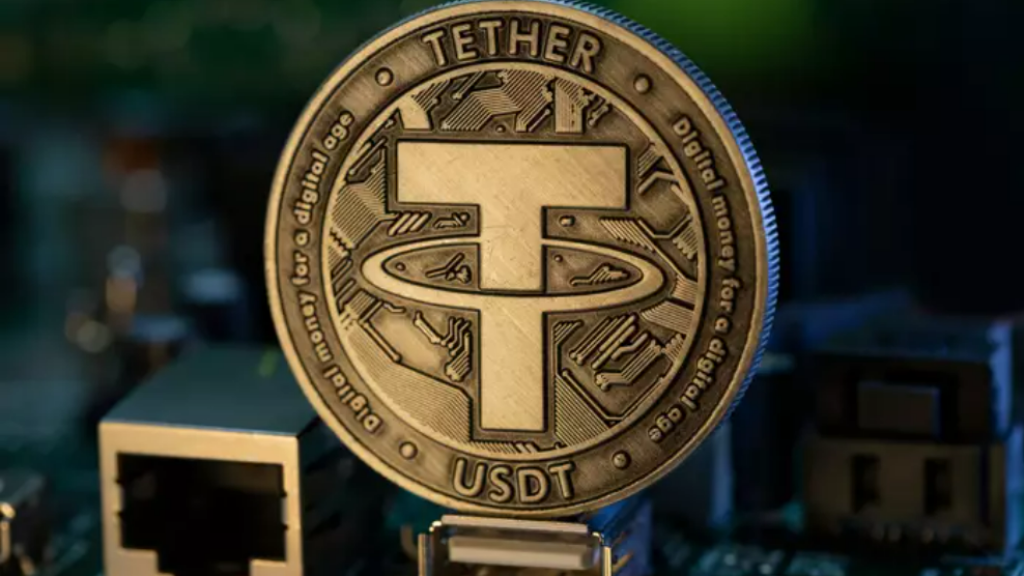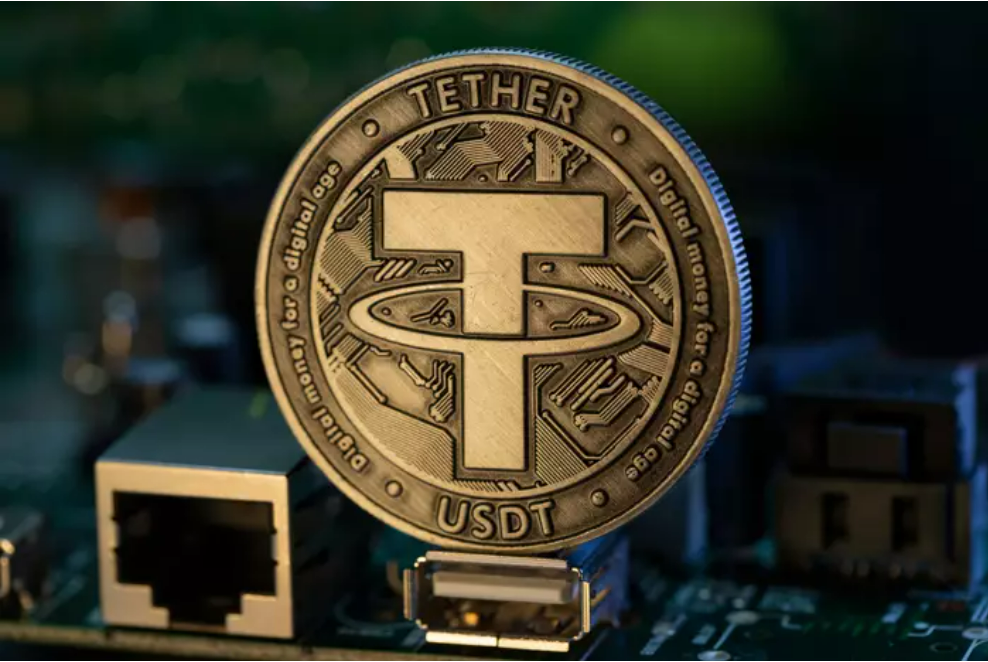Following the tragic collapse of the Terra ecosystem earlier this month, financial authorities in the United Kingdom have turned their attention to stablecoins.
The Financial Conduct Authority (FCA) in the United Kingdom is working on a new regulatory framework for crypto and stablecoins with the Treasury. The increased drive for new restrictions follows the May 9 collapse of UST, the world’s third-largest stablecoin.
According to Bloomberg, Sarah Pritchard, the FCA’s executive director for markets, warned that recent market turbulence in stablecoins “will undoubtedly need to be taken into consideration” when drafting new laws.
The United Kingdom has lately adopted a harder posture against the crypto business, imposing registration requirements that have caused numerous enterprises to migrate to more welcoming countries abroad.
“Innovation lasts if it works effectively,” said Stablecoin Scrutiny Pritchard, who leads the FCA’s crypto activity. “Clearly, we’ve seen the ramifications and some of the challenges that might occur.” According to the regulator, approximately 70% of those who purchased cryptocurrency thought they were regulated.
Regulators in the United Kingdom, like those in the United States, cite investor protection as one motivation for regulation.
“The fact that we’ve seen huge price changes in the past week puts that to the forefront, and it emphasizes the necessity of ensuring that people realize that there is a risk associated with where they put their money.”
The FCA is now preoccupied with money laundering concerns that it alleges are linked to digital assets. The Treasury will give the banking watchdog extra powers to deal with crypto asset regulation later this year.
The collapse of the Terra stablecoin and its LUNA token has provided additional ammunition to global politicians in their fight to regulate the crypto sector and limit the usage of digital assets.
In the United States, politicians have been agitated by the Terra debacle, contacting groups like the Blockchain Association and the Chamber of Digital Commerce with inquiries about the stablecoin network’s structure.
Lobbyists are pushing legislators not to be too harsh on stablecoins since not all of them are created equal. The lack of understanding of crypto and its underlying mechanics among US legislators has led them to contemplate imposing broad regulations and suffocating the embryonic digital asset market.
The Future of Stablecoins
With $162 billion in market value, stablecoins account for almost 12% of the overall crypto market capitalisation. The collapse of the $18 billion UST network, which is currently worth just $630 million, has reduced this value by around 17% from its high.
Tether, the world’s biggest stablecoin, has also seen its supply decrease. Due to redemptions and investors cashing out of crypto, the circulating quantity of USDT has dropped to $73 billion from $83 billion. Circle’s USDC has a market worth of over $53 billion, close to its all-time high.

